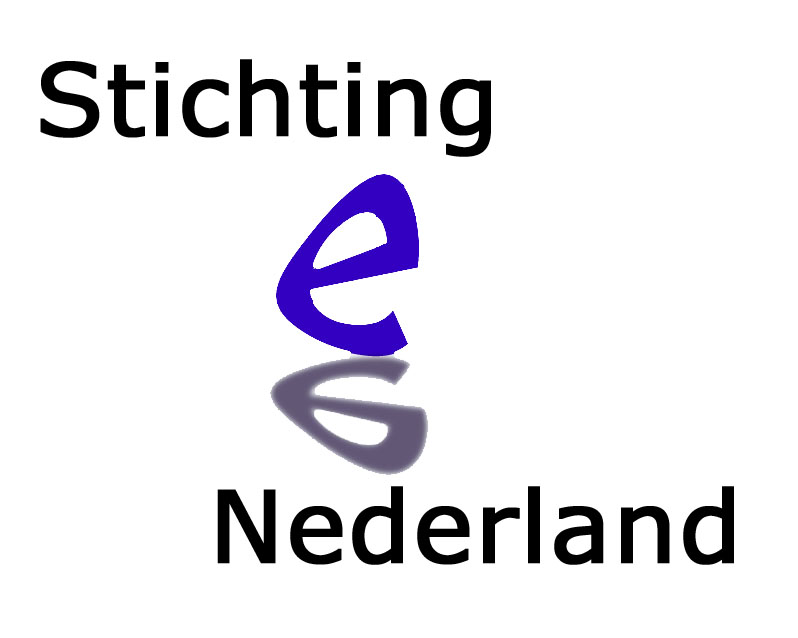 |
||||
Special Workshop: "Interactive Media and Virtual Communities" Designing a Global Project in 90 Minutes"A scheme that presents reproductive health information to adolescents in an appealing, interactive, electronic format that is acceptable to parents and that can be supported by funders." This was the challenge presented to participants by session chair Anne Compton (USA). The scheme should have global application, said Compton, with less emphasis on distribution form, due to the range of possible electronic programs. Role-playing StakeholdersCompton presented her draft scheme as an idea for possible formats. Her scheme was based on the premise that most adolescents are oriented by their peers. Compton went on to identify three stakeholders in the scenario: teens, parents, and funders. She then asked participants to role-play each group for 10 minutes each. Teens Need to be EngagedNot surprisingly, participants had difficulty stepping into the shoes of teens. Some useful comments that arose were that the content should be attractive, colorful, brief, interactive, and accessible in a way that would guarantee anonymity. Most importantly, said participants, the scheme should be entertaining and fun! A Product Should be Culturally TransferableReactions were more forthcoming as participants role-played parents. One important point emerged: For parents, a program should facilitate interaction between them and their children and, at the same time, meet their moral and religious standards. At this point participants realized that it might be impossible to create a product with global relevance. Rather, a program should have the capacity to be adaptable to different cultural, religious, and social settings. Funders Also Want to "Make a Difference"As participants role-played funders, they emphasized that benefits of the program should be clearly visible. Sergio Alarcon (Mexico) said that it would not be difficult to secure funding for a subject such as reproductive health. Moreover, Alarcon emphasized the importance of actively identifying the commercial possibilities for EE projects. The group also identified sustainability, as well as a desire to "make a difference," as other key issues for funders. This would mean directing the spotlight onto teens, as well as their parents, in an attempt to educate both groups. Reputable and Credible Information Sources are KeyAs the session came to a close, participants raised a key condition for all three groups: Information should come from reputable and credible sources. If an information source is identifiable and reputable, they said, parents might allow their children to watch sex educational programs. Finally, participants suggested that celebrities be used in EE projects because audiences can readily identify with them. The group agreed that included comic book and invented characters.
|
![]()
